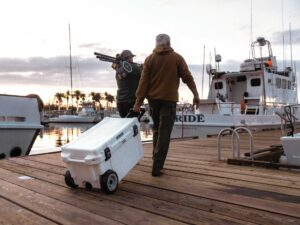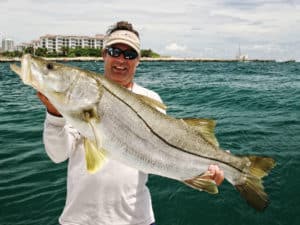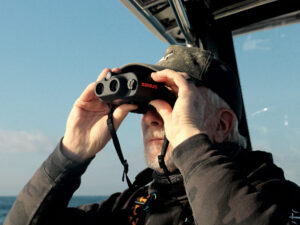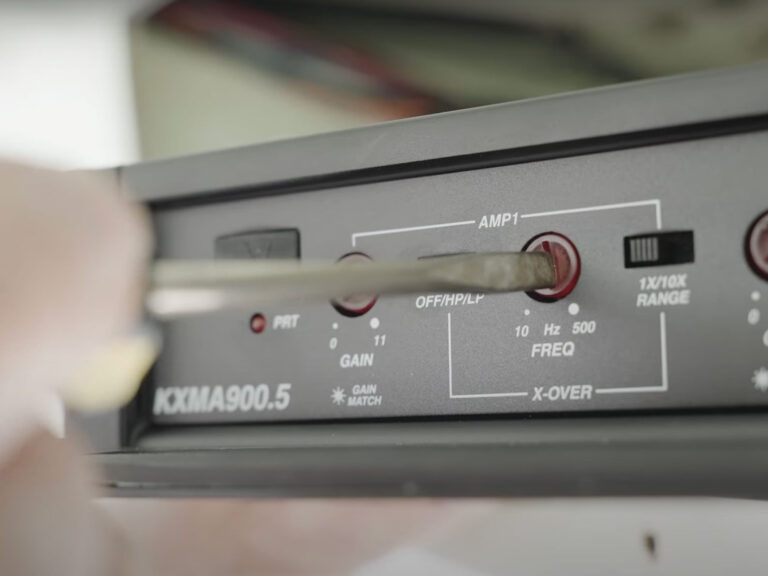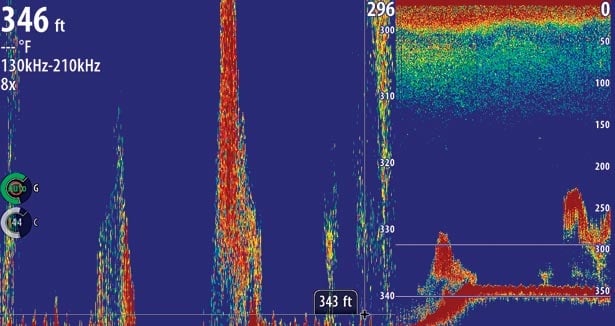
“Chirp” is not the sound of the robins coming back north for the spring. But it does herald the arrival of a new era in fish-finding sonar. CHIRP (compressed high-intensity radar pulse), which we’ve discussed in this space before as the fish finder of the future, is here.
CHIRP technology is quite simply a modulated pulse broadcast by the transducer. Instead of firing a 50 kHz or 200 kHz pulse beneath the boat to bounce off things and return at the same frequency, CHIRP technology modulates the pulse so the ping sent by the transducer sweeps across a range of frequencies, say 28 kHz to 60 kHz, or 130 kHz to 210 kHz, or 42 kHz to 65 kHz. The advantages are revolutionizing fish-finding sonar.
**New View
**The return or bounce-back off a target reflects the frequency at which the target was struck, so even two targets close together are going to return the ping at different frequencies. The result is improved separation and detail, far in excess of what is available with traditional single-frequency sonar – the familiar 50 kHz for deep water and 200 kHz for shallow water.
At the same time the frequency modulates, the width of the signal cone changes. Airmar’s Mark Reedenauer explains: “Make a V with your index and middle fingers and lay it on your desk. Now move your fingers in and out, changing the distance between your fingertips. That’s how the cone angle expands to cover more bottom with the modulation in frequency.”
For the coming season, two companies are ready to put CHIRP on the helm of your fishing boat. Simrad broke the news late last summer in Seattle at the National Marine Electronics Association show, but it hadn’t had any units on the water yet. Now it has.
Garmin got its first CHIRP units on the water in mid-January and went to market with the product in February at the Miami International Boat Show. Down the road: Geonav has announced it will release CHIRP sonar; Furuno has the technology but has not yet packaged it for recreational anglers; and Raymarine states emphatically that “Raymarine will be releasing some very innovative sonar products that incorporate CHIRP technology before the end of the year.” So all the cool kids are doing it, and the language of fish-finding sonar, and anglers’ expectations of it, are going through a big change.
**Go Deep
**This revolution has been driven by transducers developed by Airmar. That company’s transducer line for CHIRP sonar includes a low-frequency transceiver that operates at 25 kHz to 45 kHz and 40 kHz to 60 kHz; the high-frequency transceiver supports 40 kHz to 60 kHz, and 130 kHz to 210 kHz, among others. These ranges are basically expansions of the familiar 50 kHz and 200 kHz options.
“The [CHIRP] technology, methodology and signal processing and mechanics are now possible because we have the transducers,” says Don Korte, senior engineer for Simrad. “A couple of years ago we couldn’t do CHIRP. We didn’t have the sensors.”
Simrad’s BSM-2 ($2,495) delivers as much as five times greater target resolution over conventional sounders and, Simrad claims, offers bottom readings beyond 10,000 feet. It’s not that anyone has that much line on their reels, but as Korte explains, “If you are able to see bottom at 10,000 feet, imagine how well you’ll see things much shallower, at fishable depths.”
An adjunct to the impressive resolution is the lack of noise or interference in the return image. This is due partially to the modulated frequency of the pulse but is also augmented by the low power requirements of the transducers. “We don’t need that much power. These depths are all reached at 250 watts,” says Korte.
**Big Guns
**Garmin’s flagship product is the GSD26, a black-box sonar that retails for $2,000. Garmin’s name for its version of CHIRP is Spread-Spectrum technology. “We’re able to afford the sport fisher better target separation and resolution at extraordinary depths while allowing them to dial into specific frequencies to target certain species of sport fish,” says Garmin’s Greg DeVries.
“This is our SS broadband fish finder,” he says. “The GSD26 will be manually tunable from 25 kHz to 210 kHz, creating a modulated pulse across the whole range of frequencies for superb resolution and target return.” With traditional fish-finding sonar, says DeVries, when you see the bottom in deep water, you often don’t see what is in the water column above it. With a modulated pulse, you get both: a good view of the bottom and an accurate look at everything between it and your boat.
Garmin’s range is transducer-dependent, defined by frequencies in Airmar’s new transducers. The GSD26 is not a plug-and-play unit. All connections are bare wire, so installation is a little more than a morning project in the driveway. “This is the ‘big guns’ product that serious anglers have been asking for,” says DeVries. “When your black-box finder costs more than your plotter, it’s a whole different ballgame.”
Upgrading to CHIRP capability can be an easy transition with both Simrad and Garmin equipment. Both manufacturers have made convenient allowances for new sounders to function with existing fixed-frequency transducers, those you are currently using. Adapters allow the transducers already installed to remain functional, albeit at a fixed frequency, until you are ready for a haul-out – or ready to write the check – to upgrade to modulated-frequency transducers.

